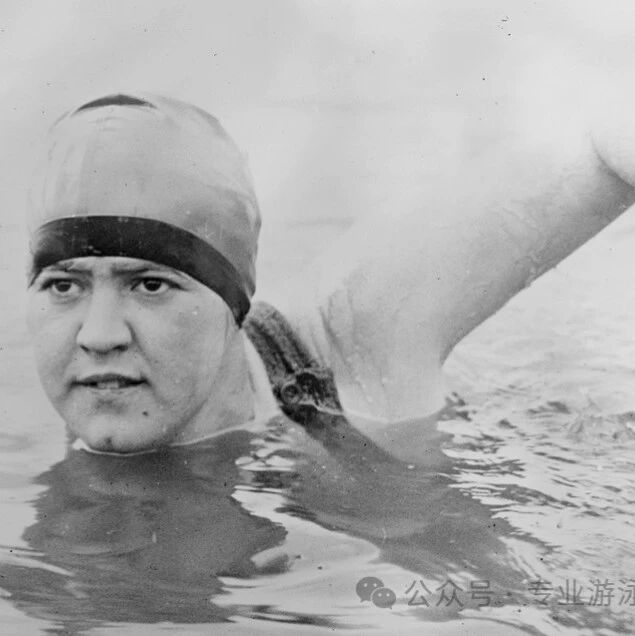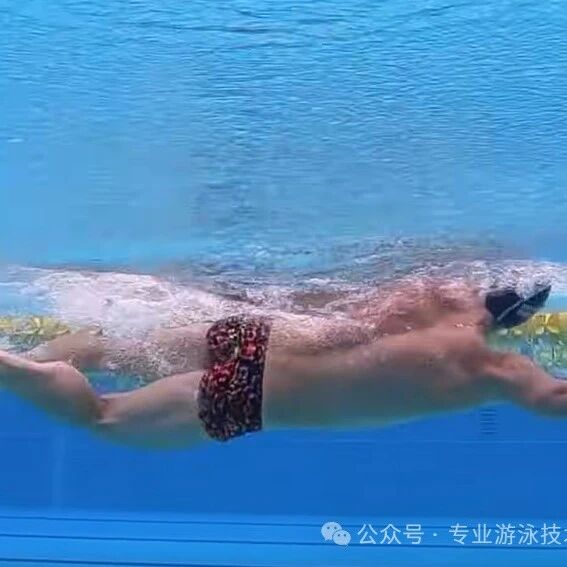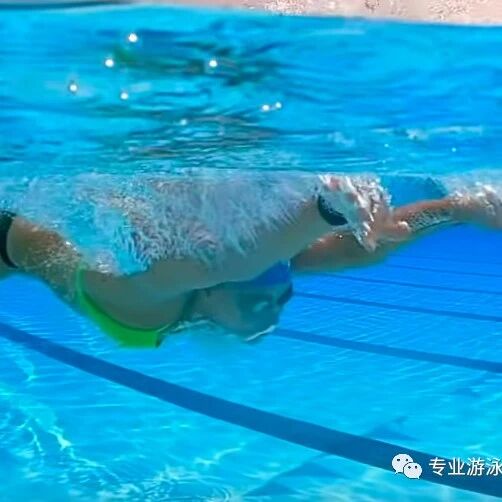Why is freestyle slow and chaotic? Misunderstanding the concept of Total Immersion Swimming
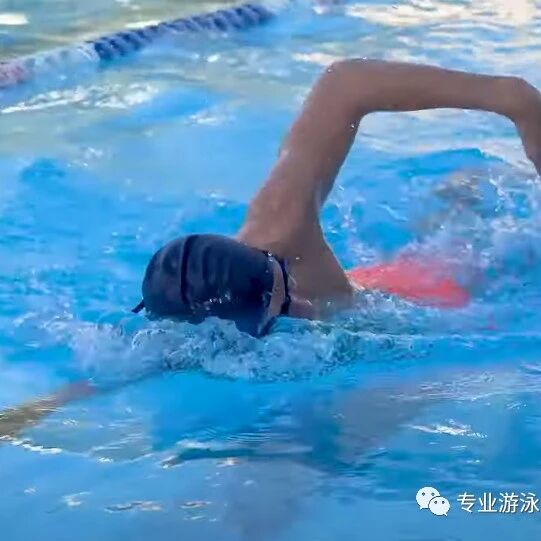
In terms of swimming philosophy, the Total Immersion approach represents a meaningful shift. Founder Terry’s vision was to make it easier for adults to learn how to swim and to inspire more adults to enjoy the sport. In this regard, Total Immersion has already achieved remarkable success worldwide. When it comes to swimming technique, the Total Immersion method emphasizes enhancing efficiency by minimizing drag, increasing stroke length, and optimizing body streamlining. This approach has had a significant impact on improving performance in middle- and long-distance swimming. However, because the Total Immersion practice system differs considerably from traditional swimming instruction methods, some swimmers unfamiliar with the concept mistakenly believe that Total Immersion is a *new* swimming technique—or even an entirely *new* style of swimming altogether. As a result, you often hear incorrect terms like "Total Immersion freestyle" or "Total Immersion stroke."
Total Immersion swimming is more of a swimming philosophy that emphasizes continuously refining your "water sense" as the foundation for learning to swim—exploring techniques that allow your body to glide through the water with greater ease. It focuses on developing an intimate awareness of how your body feels in the water, paying close attention to the sensations of movement and the forces at play as you propel yourself forward. In this respect, Total Immersion differs fundamentally from traditional swimming methods. If someone already swims well but also understands *why* they’re swimming effectively, they’re naturally poised to take their skills even further. Conversely, if a swimmer excels but remains unclear about the reasons behind their success, their progress will ultimately depend on constant guidance and feedback from coaches or others around them. One of the key strengths of the Total Immersion approach lies in its emphasis on self-coaching—encouraging swimmers not only to know *what’s happening* in the water, but also to deeply understand *why* it works.
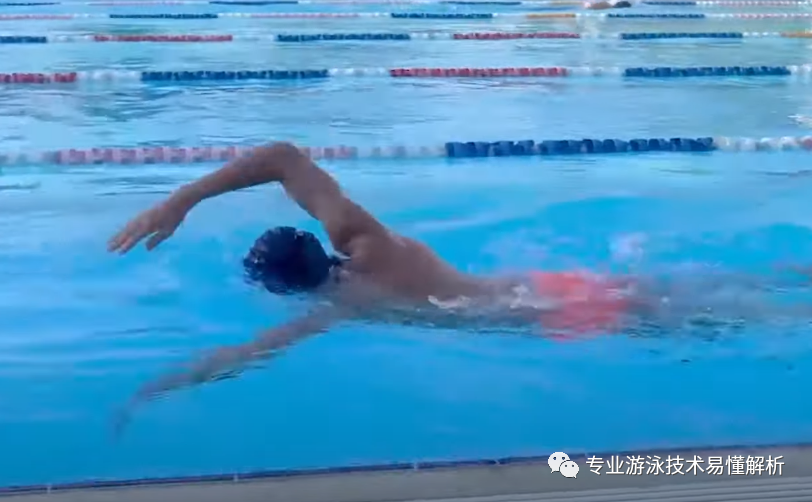
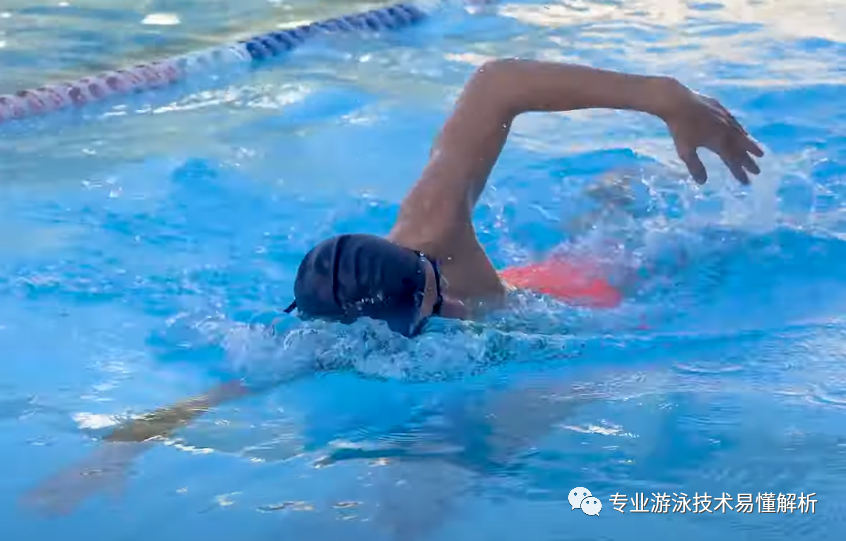
2. Full immersion must never be dispersed.
Freestyle swimming emphasizes a straight, unified body movement—upper and lower halves working as one. As a long-axis stroke, maintaining a moderate, rigid connection in the torso is key to effortless and efficient forward propulsion. Whether it’s the arm pull or the leg kick, the power generated should never compromise your core stability. For instance, when you vigorously pull through the water with your arms, your core shouldn’t feel like it’s involuntarily tightening—or worse, losing that firm, engaged core tone altogether. Similarly, during the whip kick, your abdominal muscles shouldn’t simply deflate and relax; instead, they should remain engaged to support the fluid, powerful motion of your legs. Think of your body as the hull of a boat: the arm strokes are essentially pulling the boat forward, while the leg kicks push it ahead. To maximize efficiency, focus on directing your palms backward, with your fingertips slightly angled toward your body—not straight back or even outward. Doing so could easily cause your body to drift sideways during the stroke. Likewise, your feet are designed with a subtle downward slope, meaning the true purpose of the leg kick is to press against the water, creating a propulsive force. That’s why, when kicking, your feet should naturally turn inward just a bit—this helps generate more effective, forward-moving thrust. After all, this principle aligns perfectly with the physics concept of force decomposition, which beautifully explains how these movements work together to propel you smoothly through the water.
If you fail to engage your core properly while swimming—specifically by not paying attention to the direction of your hand and foot movements during the stroke—the body may drift sideways, and when kicking, it could even shift at an angle. As a result, your swim will resemble a gecko crawling, twisting back and forth in an awkward manner. And unless you film yourself, swimmers often mistakenly believe they’re swimming efficiently—so this is definitely something to keep in mind!
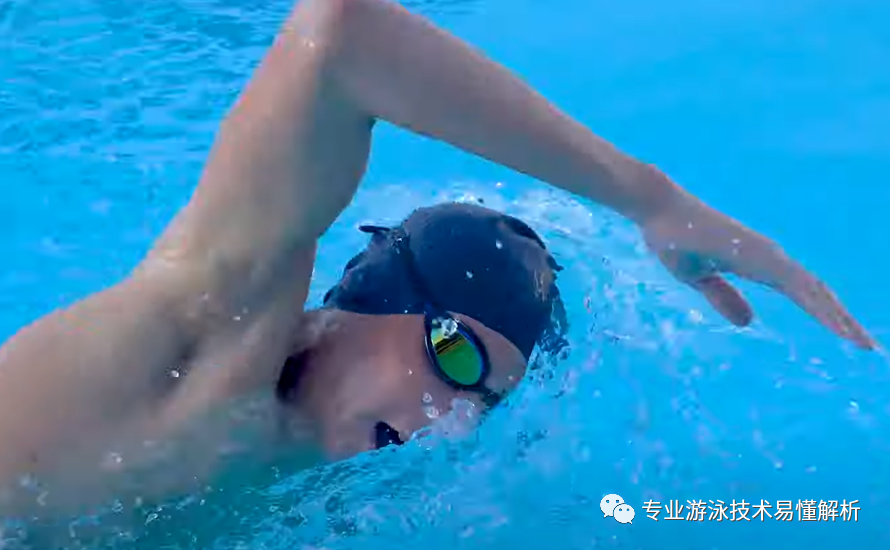
3. The order of full immersion practice must not be disrupted.
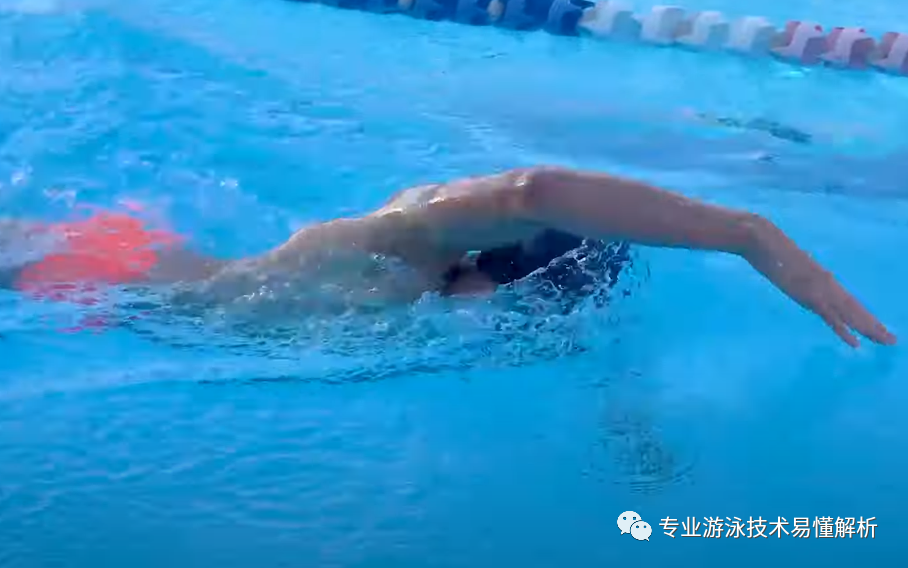
One WeChat official account shares swimming tips, while another focuses on software insights, online resources, and reading experiences.
Thank you for your supportive and encouraging likes, as well as the comments that spark meaningful conversations—and even more, we’d love to see those shares and retweets!


